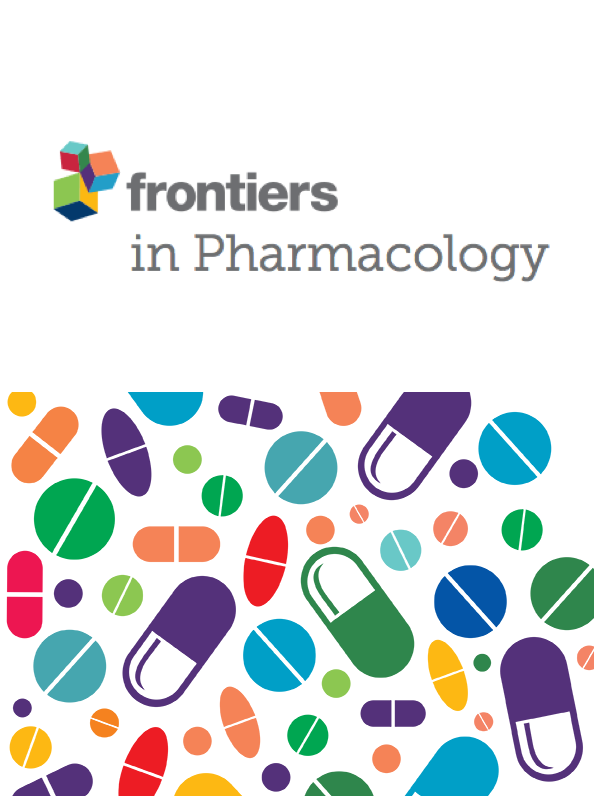Safety assessment of sulfasalazine: a pharmacovigilance study based on FAERS database
IF 4.4
2区 医学
Q1 PHARMACOLOGY & PHARMACY
引用次数: 0
Abstract
BackgroundSulfasalazine is a widely used anti-inflammatory medication for treating autoimmune disorders such as ulcerative colitis (UC), Crohn’s disease, and rheumatoid arthritis. However, its safety profile has not been systematically evaluated in real-world settings. By analyzing the FDA Adverse Event Reporting System (FAERS) database, we identified risk signals associated with adverse reactions to sulfasalazine, offering valuable insights for clinical decision-making and risk management.MethodsReports of adverse events (AEs) associated with sulfasalazine, covering the period from Q1 2004 to Q4 2023, were extracted from the FAERS database. Detailed case information was aggregated to assess demographic characteristics. The associations between sulfasalazine and adverse events were evaluated using the Proportional Reporting Ratio (PRR), Reporting Odds Ratio (ROR), Bayesian Confidence Propagation Neural Network (BCPNN), and Empirical Bayes Geometric Mean (EBGM).ResultsWe extracted 7,156 adverse event reports from the FAERS database where sulfasalazine was identified as the “Primary Suspect (PS)” drug. Using disproportionality analysis, we identified 101 preferred terms (PT) related to sulfasalazine across 24 organ systems. Notable adverse reactions consistent with the drug’s labeling were observed, including Stevens-Johnson syndrome, agranulocytosis, eosinophilic pneumonia, and crystalluria. Additionally, novel positive signals not previously documented in the drug label were identified, including acute febrile neutrophilic dermatosis, aseptic meningitis, glomerulonephritis, and hepatosplenic T-cell lymphoma.ConclusionMost of the adverse reaction findings in this study are consistent with previous clinical research, and we have also identified new potential AEs associated with sulfasalazine. These findings provide valuable insights for the safety monitoring and clinical application of sulfasalazine.磺胺沙拉嗪的安全性评估:基于 FAERS 数据库的药物警戒研究
背景磺胺嘧啶是一种广泛用于治疗溃疡性结肠炎(UC)、克罗恩病和类风湿性关节炎等自身免疫性疾病的抗炎药物。然而,该药的安全性尚未在真实世界中得到系统评估。通过分析美国食品药品管理局不良事件报告系统(FAERS)数据库,我们确定了与柳氮磺胺吡啶不良反应相关的风险信号,为临床决策和风险管理提供了有价值的见解。方法从FAERS数据库中提取了与柳氮磺胺吡啶相关的不良事件(AEs)报告,时间跨度为2004年第一季度至2023年第四季度。对病例的详细信息进行汇总,以评估人口统计学特征。结果我们从FAERS数据库中提取了7156份不良事件报告,其中磺胺吡啶被确定为 "主要可疑(PS)"药物。通过比例失调分析,我们在 24 个器官系统中确定了 101 个与柳氮磺胺吡啶相关的首选术语 (PT)。观察到了与药物标签一致的显著不良反应,包括史蒂文斯-约翰逊综合征、粒细胞减少症、嗜酸性粒细胞肺炎和结晶尿。此外,我们还发现了药物标签中以前未记录的新的阳性信号,包括急性发热性嗜中性粒细胞皮炎、无菌性脑膜炎、肾小球肾炎和肝脾T细胞淋巴瘤。这些发现为磺胺沙拉嗪的安全性监测和临床应用提供了有价值的见解。
本文章由计算机程序翻译,如有差异,请以英文原文为准。
求助全文
约1分钟内获得全文
求助全文
来源期刊

Frontiers in Pharmacology
PHARMACOLOGY & PHARMACY-
CiteScore
7.80
自引率
8.90%
发文量
5163
审稿时长
14 weeks
期刊介绍:
Frontiers in Pharmacology is a leading journal in its field, publishing rigorously peer-reviewed research across disciplines, including basic and clinical pharmacology, medicinal chemistry, pharmacy and toxicology. Field Chief Editor Heike Wulff at UC Davis is supported by an outstanding Editorial Board of international researchers. This multidisciplinary open-access journal is at the forefront of disseminating and communicating scientific knowledge and impactful discoveries to researchers, academics, clinicians and the public worldwide.
 求助内容:
求助内容: 应助结果提醒方式:
应助结果提醒方式:


